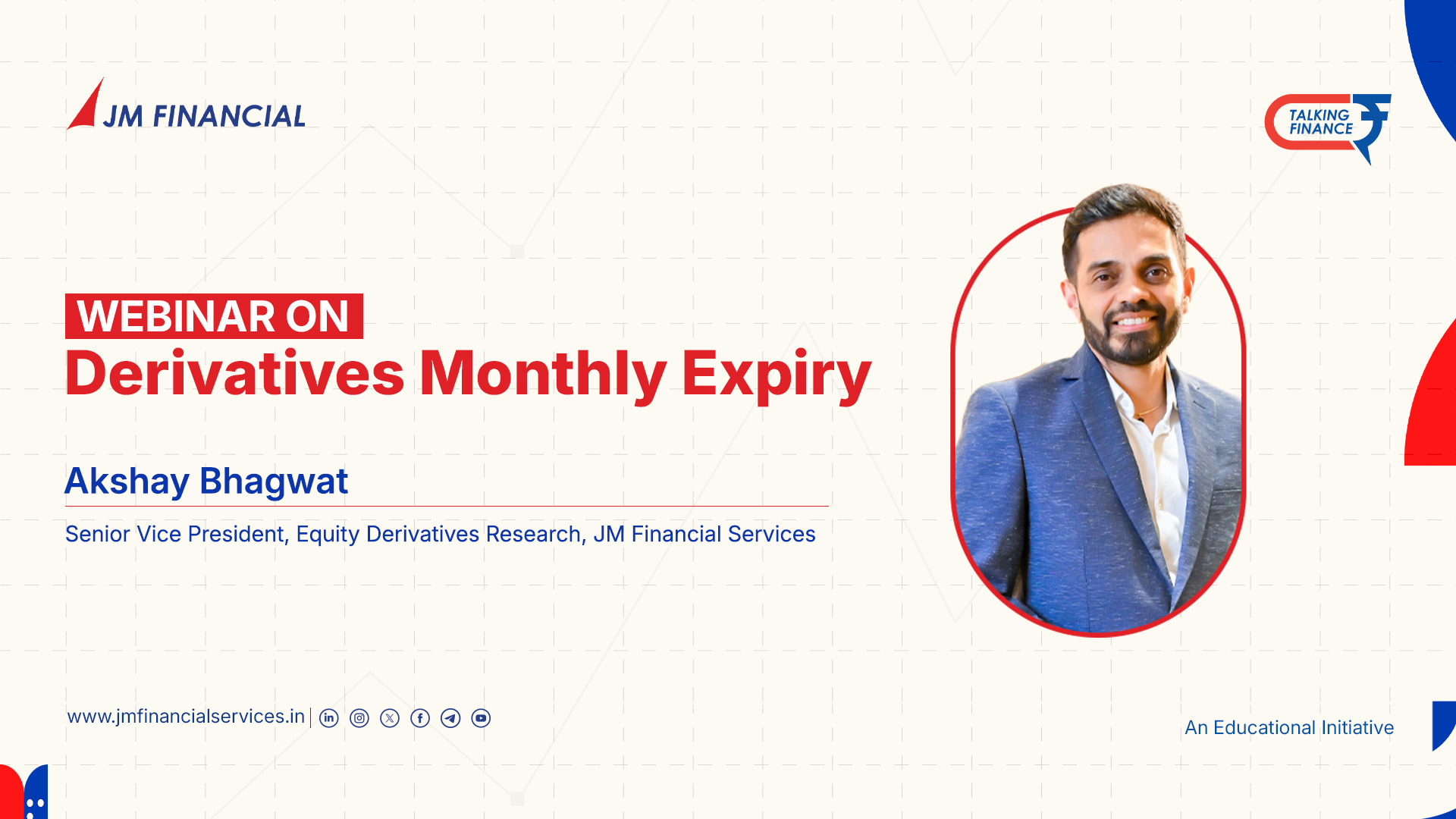Top Wealth Management Trends
Navigating the evolving world of wealth management ? The landscape is changing rapidly, driven by technology, rising client expectations, and a demand for more personalized financial solutions. If you want to stay ahead whether you’re an investor or a financial advisor—here are the most important trends shaping the industry this year.
1. Hyper-Personalization Powered by AI
Forget cookie-cutter portfolios. In 2025, clients expect investment advice and portfolio strategies tailored to their unique goals, risk profiles, and personal values. Thanks to advances in artificial intelligence and big data analytics, wealth managers can analyze individual financial behaviors and deliver bespoke recommendations at scale. Firms using AI for hyper-personalization are winning clients and improving long-term engagement.
2. Seamless Digital Experiences
The days of clunky interfaces and paperwork are over. Today’s investors—especially younger generations—want intuitive, unified digital platforms to manage their wealth. The leaders in wealth management are rolling out cloud-native platforms and digital onboarding that simplify money management, consolidate services, and provide real-time insights at clients’ fingertips. Whether you invest a lot or a little, you can expect wealth services to feel as streamlined and accessible as your favorite mobile apps.
3. Emphasis on ESG and Responsible Investing
Environmental, social, and governance (ESG) factors are no longer a niche. As investors become more conscious of where their money goes, wealth management firms are integrating ESG into portfolio construction and reporting. With regulatory standards tightening, expect increased transparency and more robust ESG metrics as a default in your investment plans. Advisors who fail to adapt risk being left behind.
4. Integration of Alternative and Private Assets
From private equity to real estate, 2025 is seeing a surge in demand for alternatives beyond traditional stocks and bonds. This trend is especially strong in Asia and Europe, where clients are diversifying to tap into new sources of growth and reduce volatility. Wealth managers are expanding access to private markets, making these once-exclusive investments more available to a broader client base.
5. Hybrid Human + Digital Advice
The best of both worlds is in demand: sophisticated AI-powered tools for efficiency and insight, plus the personal human connection for big decisions and complex planning. Clients want digital convenience, but also trust and empathy from their advisors. Leading firms are doubling down on hybrid advisory models—leveraging AI to help advisors deliver more relevant, timely, and human-centered guidance.
6. Next-Gen Tech: Blockchain and Tokenization
Blockchain is moving from buzzword to mainstream adoption. Tokenization of real-world assets (think real estate, art, even classic cars) enhances liquidity and opens up new asset classes for investors. Secure, decentralized digital identity solutions are also on the rise, giving clients greater control over their personal data and boosting protection against fraud.
7. Regulatory Evolution and Data Security
As technology and globalization expand, so do regulations. Stricter standards on ESG, privacy, anti-money laundering, and cross-border investments are reshaping compliance strategies. Wealth firms investing in robust digital infrastructure—especially with regard to data security and operational resilience—are better positioned to earn client trust and weather regulatory changes.
8. Generational Shifts and New Client Priorities
Younger entrepreneurs and investors have entered the spotlight, bringing fresh priorities—flexibility, holistic advice, and social responsibility. Advisors must bridge generational gaps, offering tailored guidance that resonates from millennials to baby boomers, and communicates complex wealth strategies in plain, relatable terms.
Final words :-
Whether you’re planning your financial future or helping others build theirs, 2025 is about embracing innovation without losing the human touch. Look for wealth management partners who blend advanced technology, transparency, and genuine relationship-building—because the future of wealth isn’t just about numbers, it’s about people and possibilities.
FAQs :-
Q1. What are the key wealth management trends in 2025?
The top trends include hyper-personalized advice powered by AI, seamless digital client experiences, a growing focus on ESG investing, increased access to alternative assets, hybrid human-digital advisory models, advances in blockchain and tokenization, stricter regulatory standards, and adapting services for younger generations.
Q2. How is AI transforming wealth management in 2025?
AI enables financial advisors to analyze client data for personalized recommendations, automate routine tasks, predict market shifts, and deliver bespoke investment strategies at scale.
Q3. Why is ESG investing important in wealth management?
ESG investing helps align portfolios with clients’ values while considering long-term risks and opportunities. In 2025, firms are increasingly integrating ESG factors due to client demand and evolving regulations.
Q4. What is the role of blockchain and tokenization in wealth management trends?
Blockchain boosts transparency and security in transactions. Tokenization allows investors to own fractional shares of assets like real estate or art, increasing liquidity and broadening investment opportunities.
Q5. How are wealth managers addressing generational shifts in client needs?
They’re offering flexible, holistic advice that resonates with younger investors, using digital tools while still providing personal guidance for major decisions. This hybrid model bridges the gap across age groups.
Q6. Why should investors care about alternative and private assets in 2025?
Alternative assets can provide higher returns, lower correlation with traditional markets, and diversification benefits, which helps mitigate risk, especially during volatile market periods.
- PAN Card
- Cancelled Cheque
- Latest 6 month Bank Statement (Only for Derivatives Trading)





